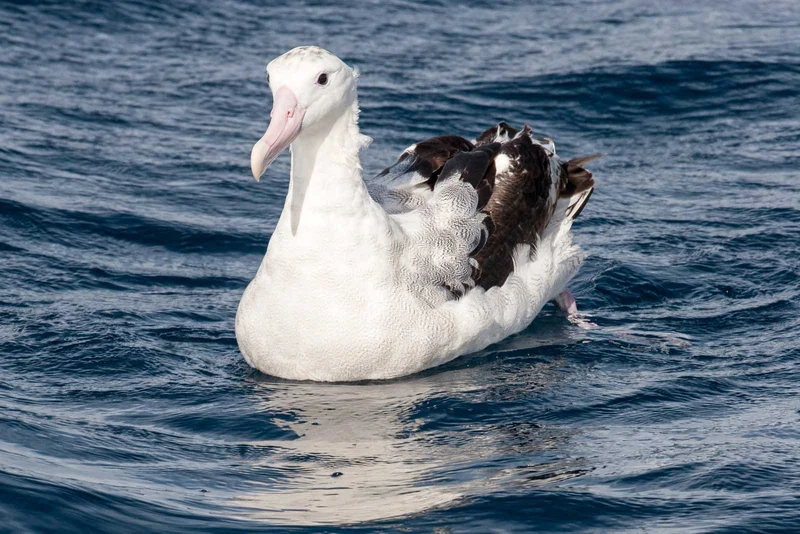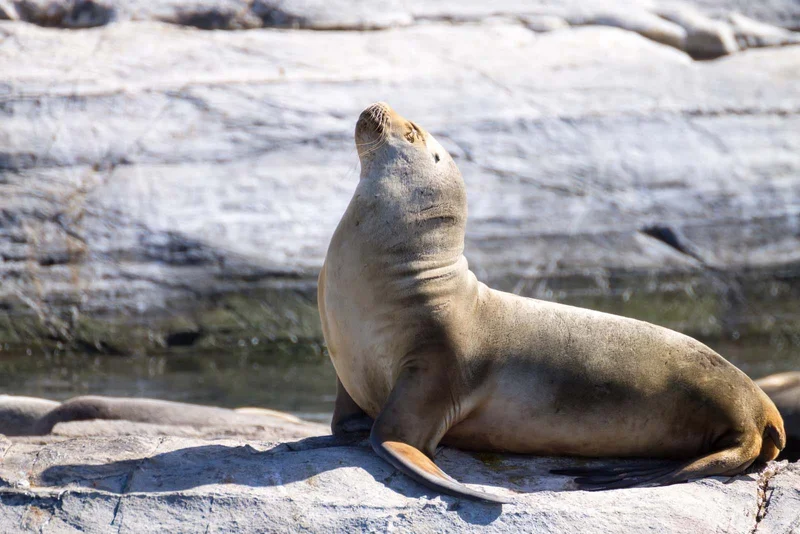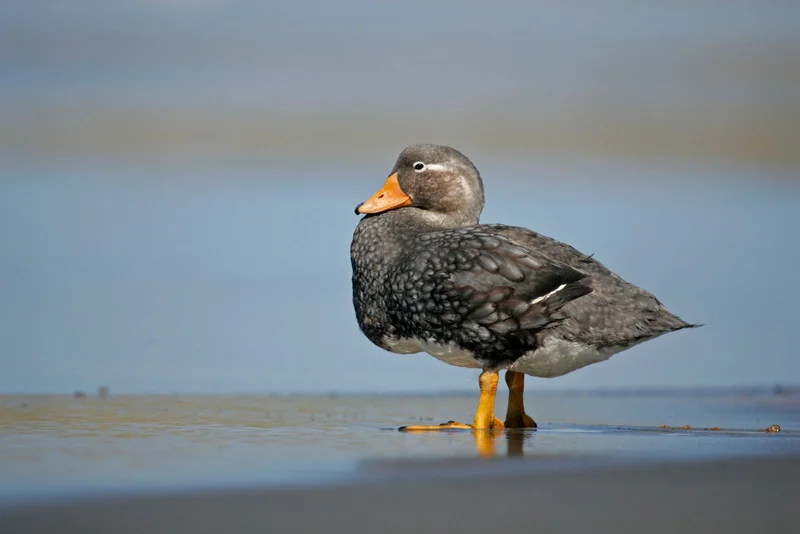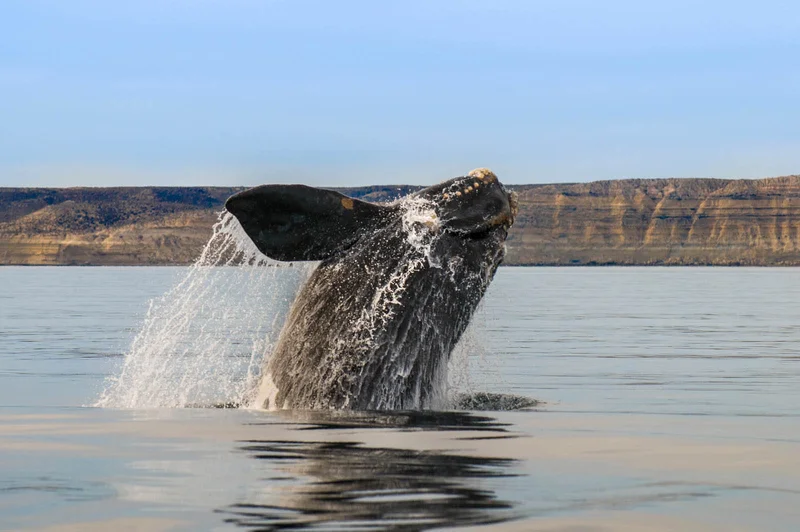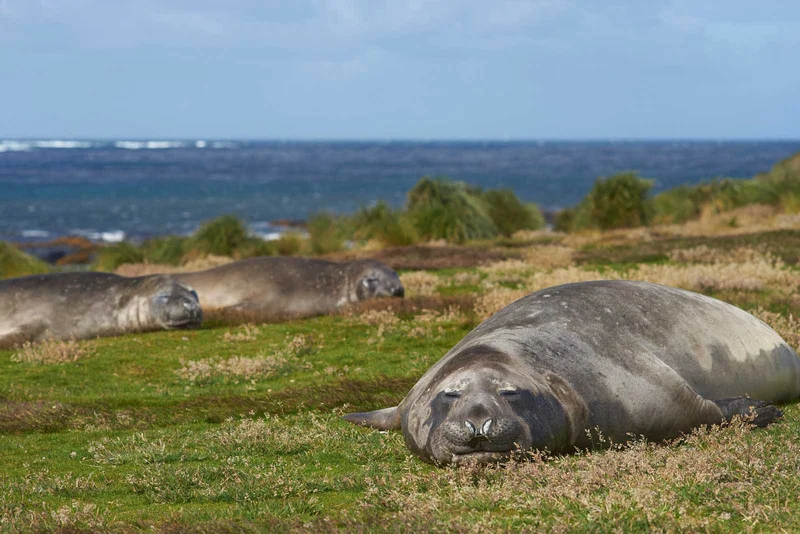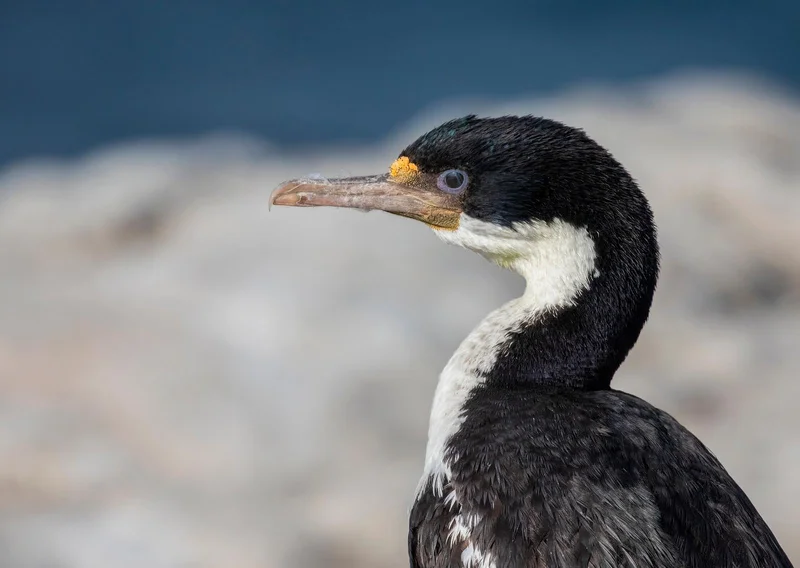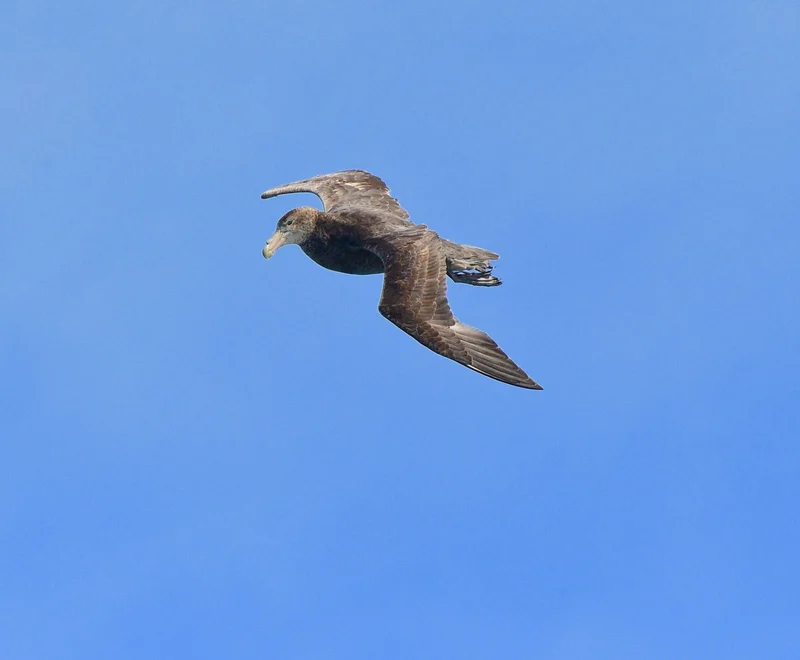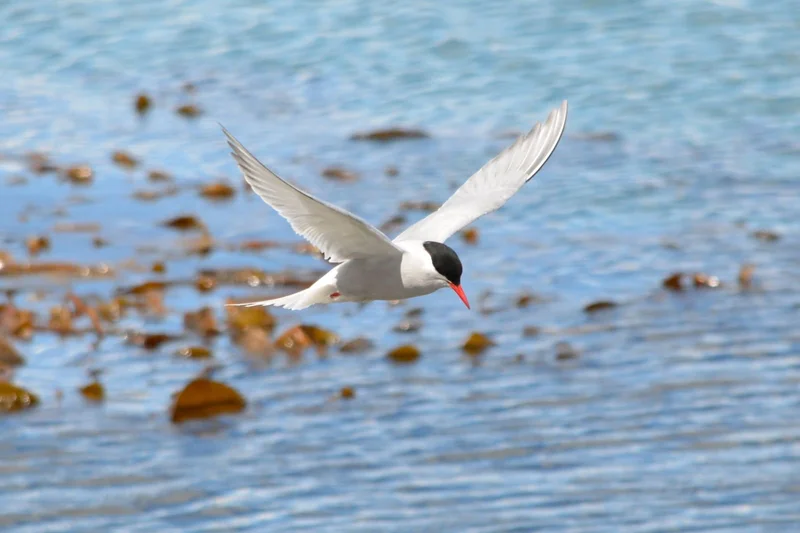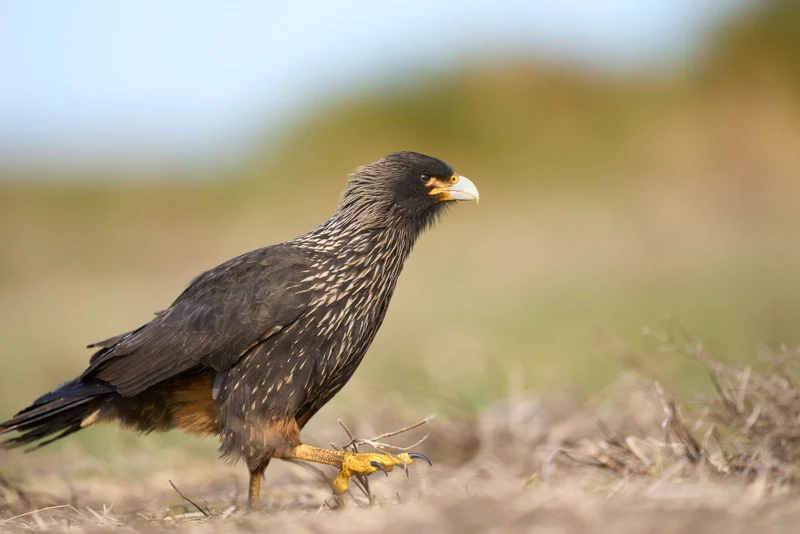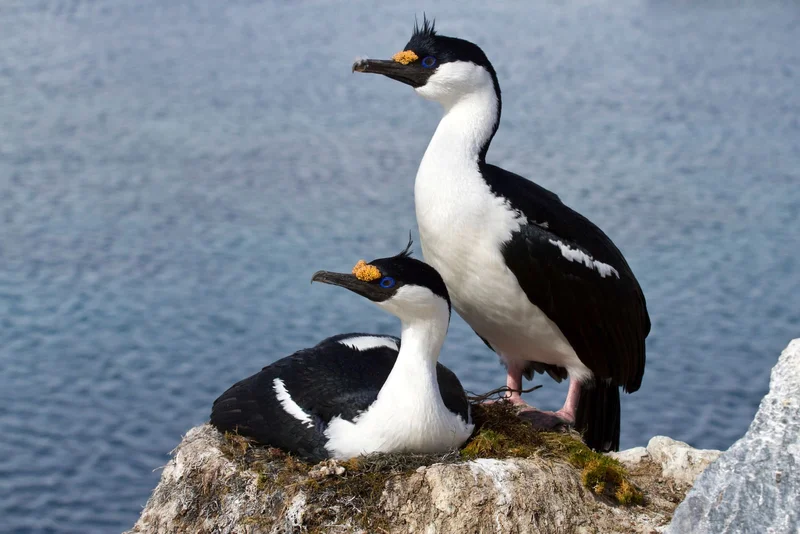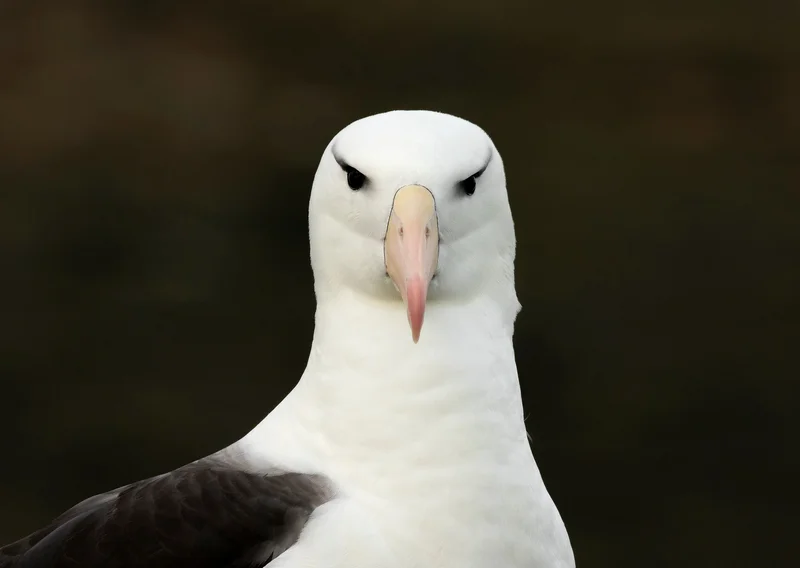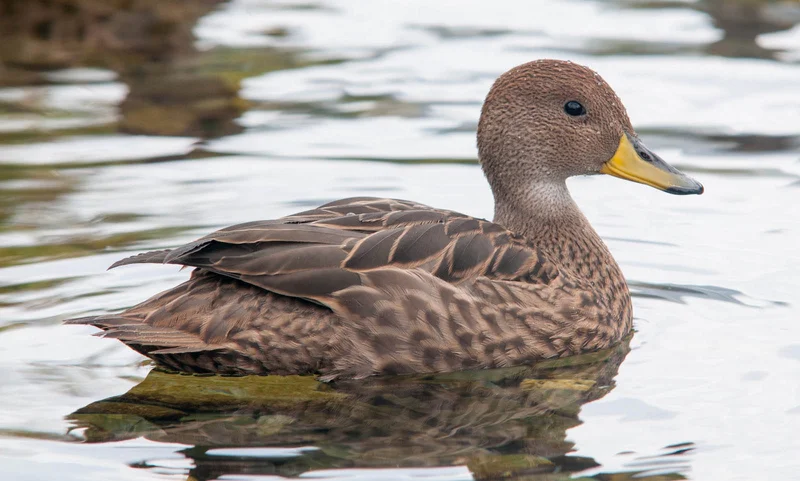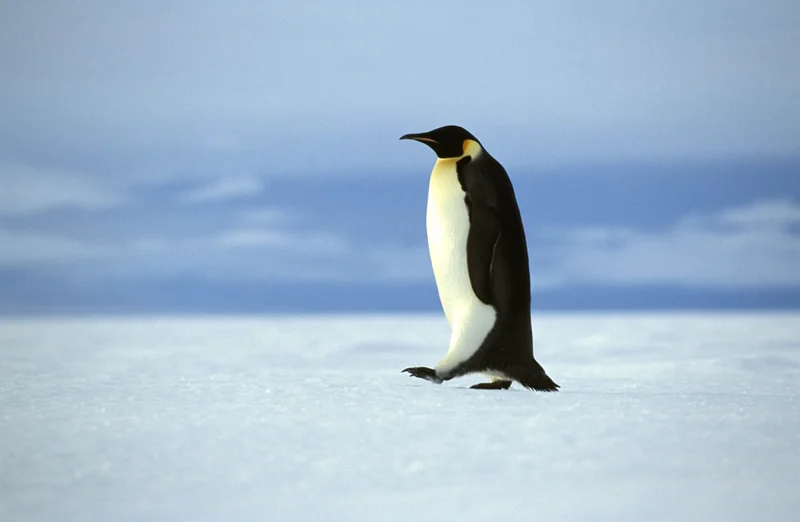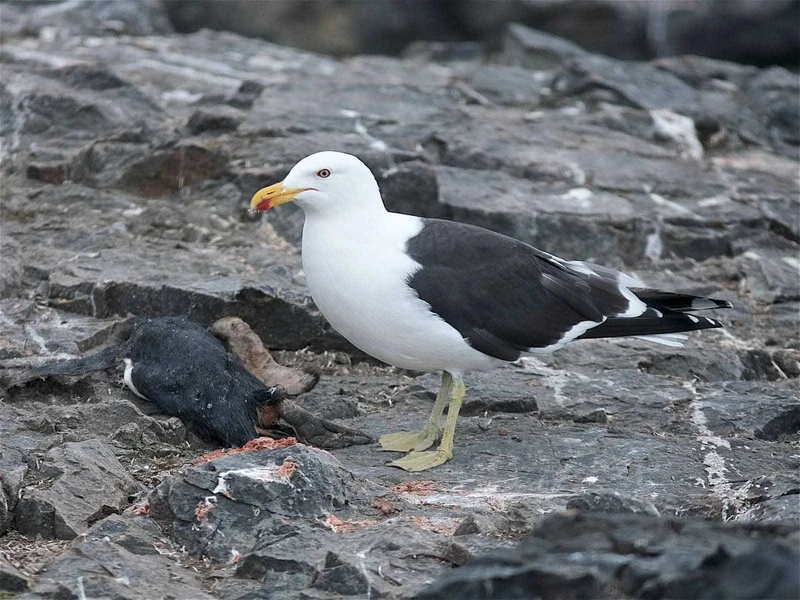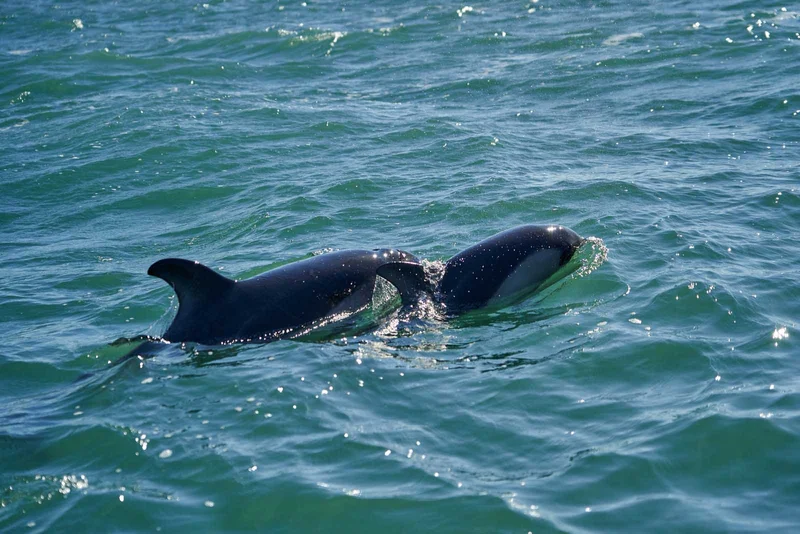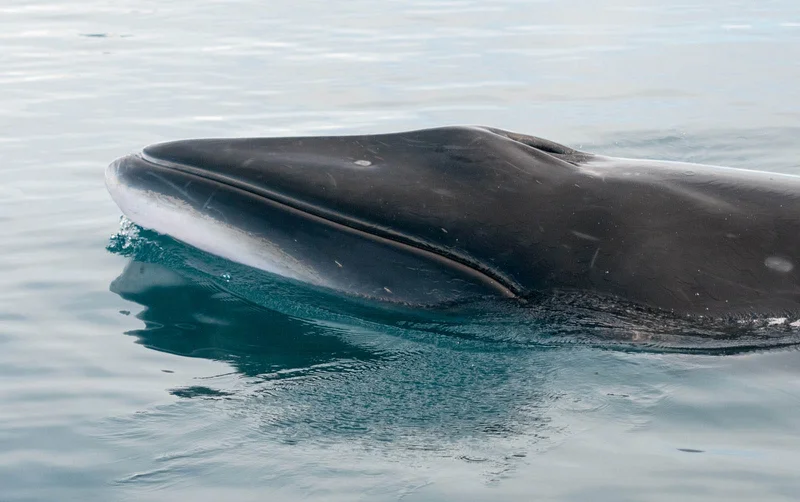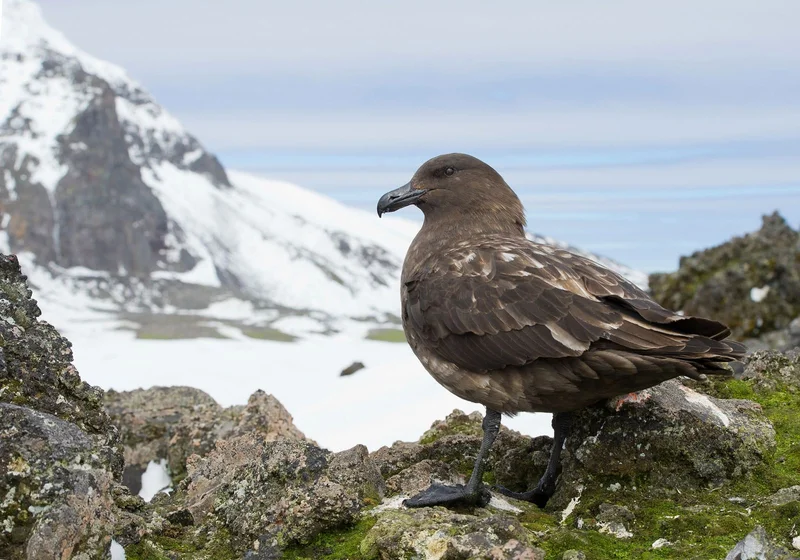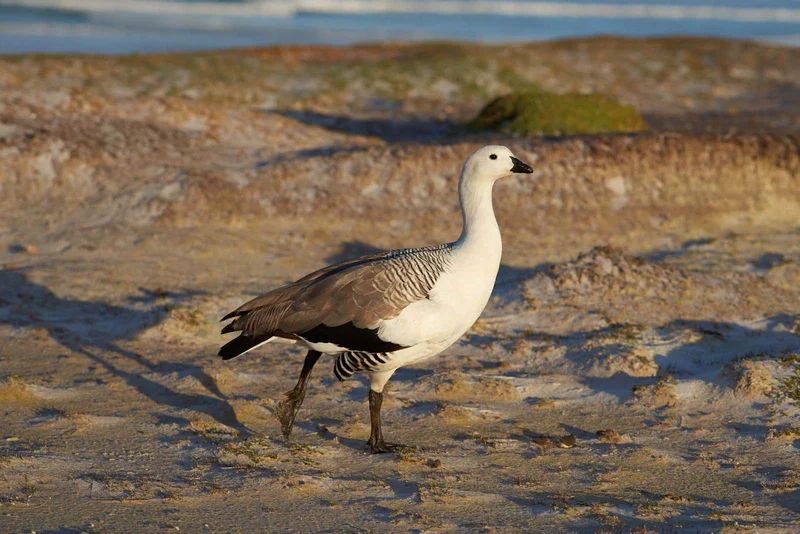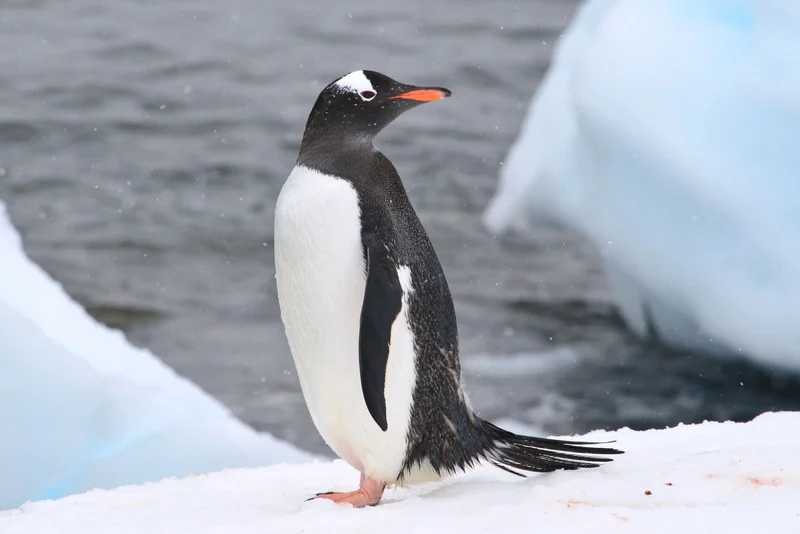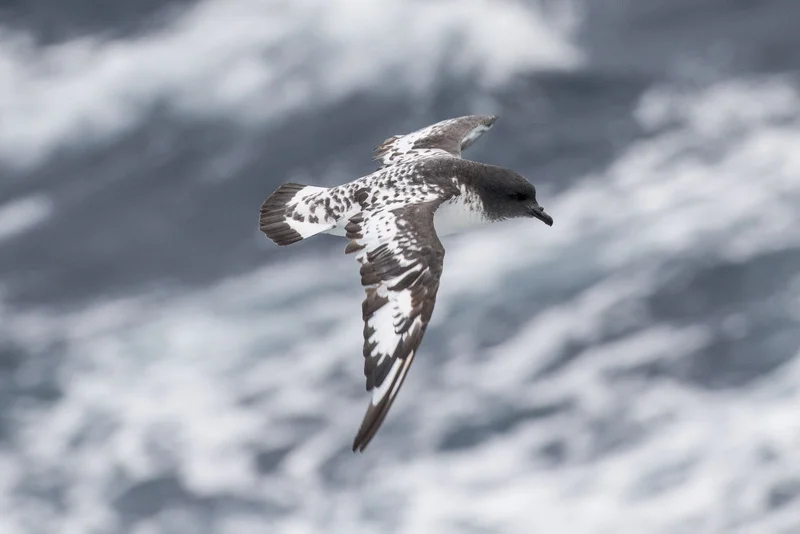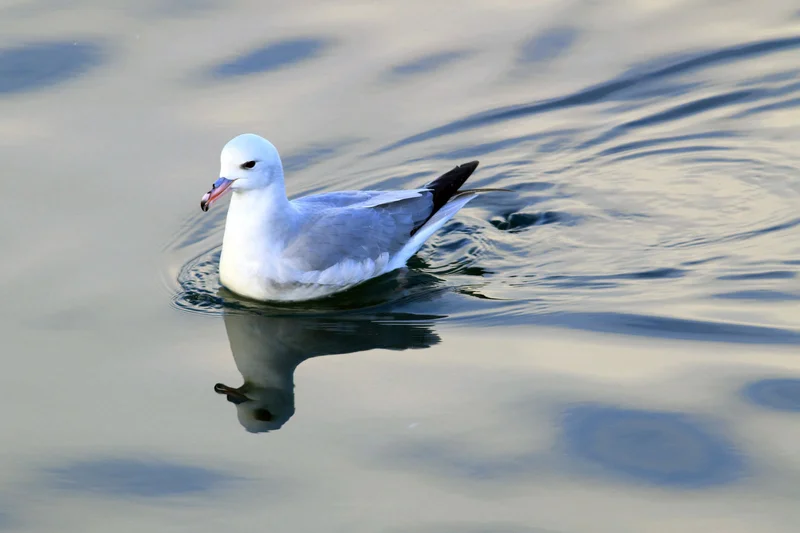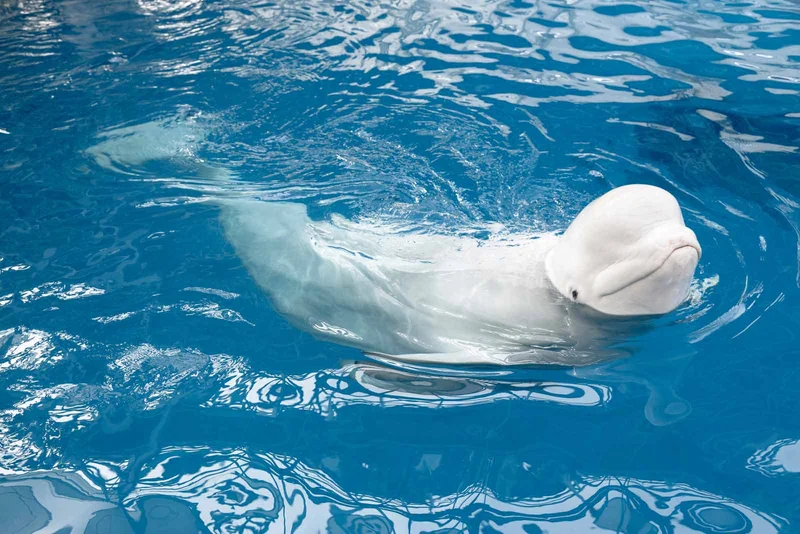Essential Chinstrap Penguin Information
Habitat and Appearance
Chinstrap Penguins are one of the most recognizable penguin species due to the distinct black "chin strap" marking under their beaks, which gives them their name. They are also called bearded or ringed penguins. Chinstraps are widely found in the Southern Ocean, particularly in the South Atlantic, breeding on islands near the Antarctic Peninsula and south of the Antarctic convergence.
These penguins are part of the brushtail penguin group and can grow up to 75cm (30 inches) tall and weigh about 5kg (11 pounds). Their pink webbed feet and stumpy legs give them a distinct, exaggerated waddle as they move around on land.
Feeding and Predators
Chinstrap Penguins primarily feed on fish, krill, and squid, and they often swim up to 50 miles from shore in search of food. However, they must be cautious of their main predator, the Leopard seal, while at sea. On land, young chinstraps are vulnerable to attacks from skuas and giant storm petrels.
Breeding and Behavior
One of the distinguishing behaviors of Chinstrap Penguins is their preference for nesting high on windswept ridges, often far from the beach. These locations are chosen because they are the first areas to clear of snow, providing a better chance for nesting before snowstorms can bury nests closer to the shore.
Despite living in large colonies, Chinstrap Penguins are known for being noisy and having a grumpy and aggressive temperament. They are particularly tough penguins, often braving large ocean swells to come ashore.
Interesting Facts
- Nesting Strategy: Chinstrap Penguins nest on high ridges because these areas clear of snow first, making them ideal for early nest-building. Nests closer to the beach risk being buried in snowstorms.
- Tough and Aggressive: Known for their grumpy demeanor, Chinstrap Penguins are resilient creatures that aren’t deterred by rough conditions like large ocean swells.
- Daily Swims: These penguins swim up to 50 miles daily to find food, including fish, krill, and squid, while avoiding predators like Leopard seals.


